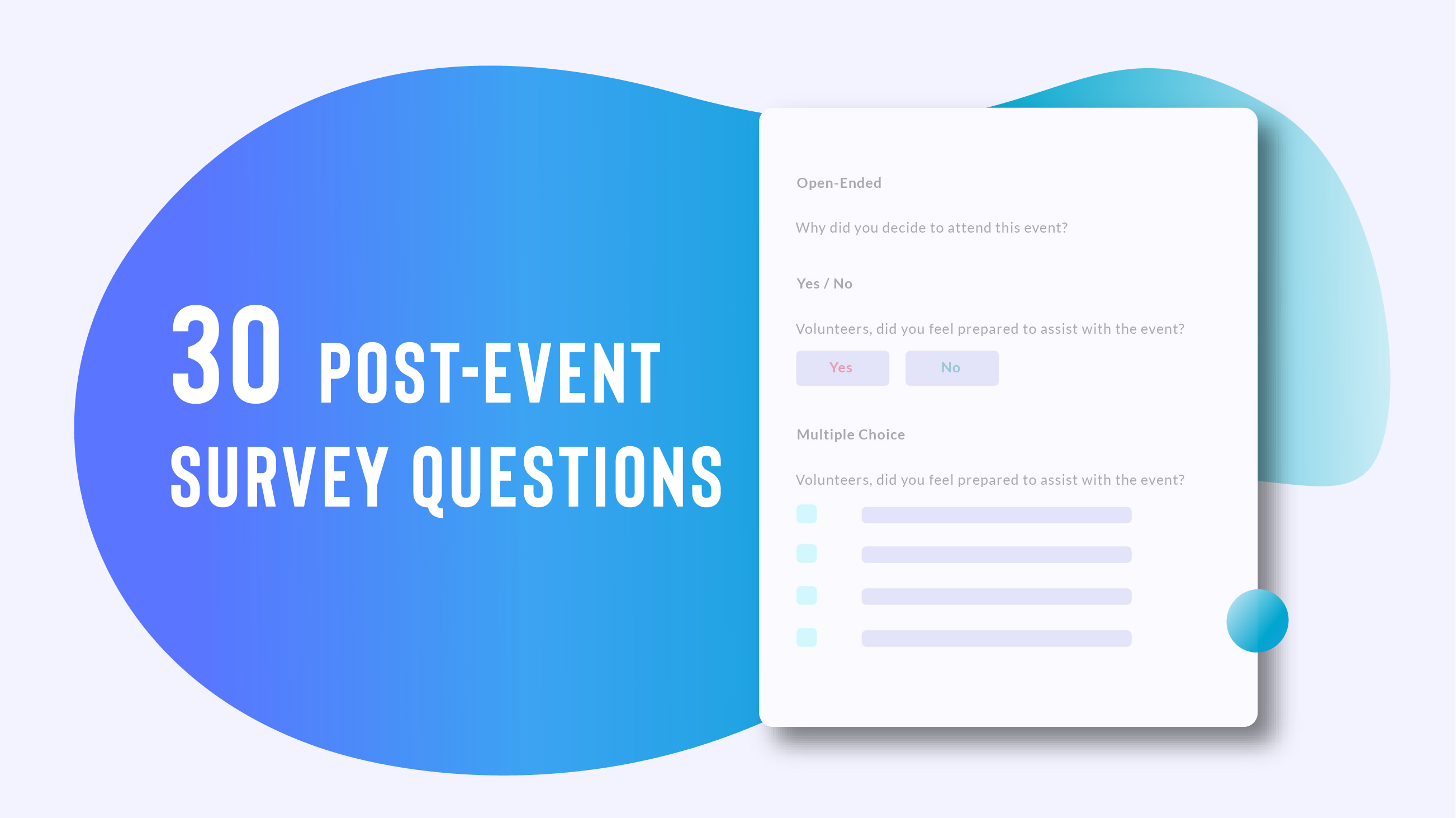In June 1985, Bill Gates sent a letter to Apple CEO John Sculley and Mac development head Jean Louis Gassée, urging them license Apple’s operating system to other companies. Apple ignored his advice, and five months later, Microsoft released its own operating system, Windows. It went on to become the dominant player in the personal-computer industry while Apple floundered. Microsoft saved Apple from bankruptcy in 1997 by investing $150 million in it.
There are many ways to interpret this history lesson, but one thing is clear: building an open platform gave Microsoft MSFT, -0.62% a huge advantage. Yes, by focusing on design and integrating hardware and software, Steve Jobs was able to reinvent Apple AAPL, +0.23% and make it the most valuable company in the world. But this came much later, in the 2000s, after the opportunities were lost.
One has to wonder what would have happened if Apple had taken Gates’s advice.
History isn’t exactly repeating itself, but Apple is at another crossroads. Its innovation engine has essentially stalled; its last big product release was in 2007, with the iPhone. Apple has reported two quarters in a row of declining earnings because of falling iPhone sales. The company did exceed expectations, but it had set those lower expectations to begin with.
Read: Apple has sold its billionth iPhone, says CEO Tim Cook
The reason Apple’s profits are falling is that it doesn’t have any bold new products.
Chinese competitors such as Huawei and Xiaomi Corp. are selling devices with hardware comparable to that of the iPhone, for a fraction of the iPhone’s price. As a result, the iPhone’s market share in China reportedly fell from 16% in 2015 to less than 13% in 2016.
Apple doesn’t even have the best devices any more. Consumer Reports recently ranked the Samsung Galaxy S7 far higher than the iPhone 6s. Samsung005930, -0.90% has also topped Apple in customer-satisfaction surveys, and its worldwide market share in smartphones is shrinking. According to Gartner, in an overall market that grew by 3.9%, and in which Android increased its market share to 84.1%, Apple’s market share fell to 14.8% in the first quarter of this year from 17.9% a year earlier.
Instead of owning a big chunk of a large pie as Alphabet’s Google GOOG, -0.21%GOOGL, -0.14% Apple owns a decreasing share of an increasing market. It may have the most profitable slice, but as the numbers show, this won’t last.
Apple needs to do something dramatic before the spell wears off and we all begin to question the company’s innovation capability again. It needs to follow Bill Gates’s recommendation and offer its operating system on other platforms. Full-featured smartphones can be purchased for as little as $50 in China and India today; that price will fall to less than $25 over the next three or four years, and billions of people will be purchasing them. The market is still in its infancy. Apple should port iOS to Samsung, HTC, LG, Xiaomi, and other brands of smartphones. It still has a chance to displace Google’s Android and become the dominant smartphone platform—if it acts in time.
If Apple does that, then these users will be downloading new applications from the App Store and music from iTunes, and subscribing to Apple Music. When Apple releases the video-streaming services that it has long been developing, it could have a potential customer base in the billions. It could grow its $6 billion subscription service by multiples. Subscriptions and downloads are already Apple’s largest revenue source after the iPhone, and the area of its greatest revenue growth. Unlike hardware, these don’t require factories, and the margins are far greater.
Will this eat further into iPhone revenue? Yes, it surely will, but this revenue is declining anyway and Apple needs to find alternative revenue
Here’s What Controls Tesla’s Stock Price
(3:31)Ahead of quarterly earnings, Barron’s writer Ben Levisohn explains to Jack Otter that Tesla moves on faith, not quarterly numbers.
The next question to ask is whether iOS can run on non-Apple devices. The answer is yes; it can be made to. Hackers have been demonstrating this for years. One ported key parts of the iOS core to the Nokia N900 in 2013. I have myself installed an older version of Mac OS X on a Dell desktop and been able to dual boot between Windows and OS X on the same hard drive. Most of the components of an iPhone are purchased from third-party suppliers, so there is little that is proprietary.
Making iOS available on other devices will surely remove a critical competitive advantage that the iPhone enjoys, but it will create many new revenue streams and will be better for Apple’s long-term survival, causing it to focus on building better software and innovative hardware. We need for Apple to be releasing imaginative new products, not resting on its laurels because of an advantage it once had.
[Source: Market Watch]




